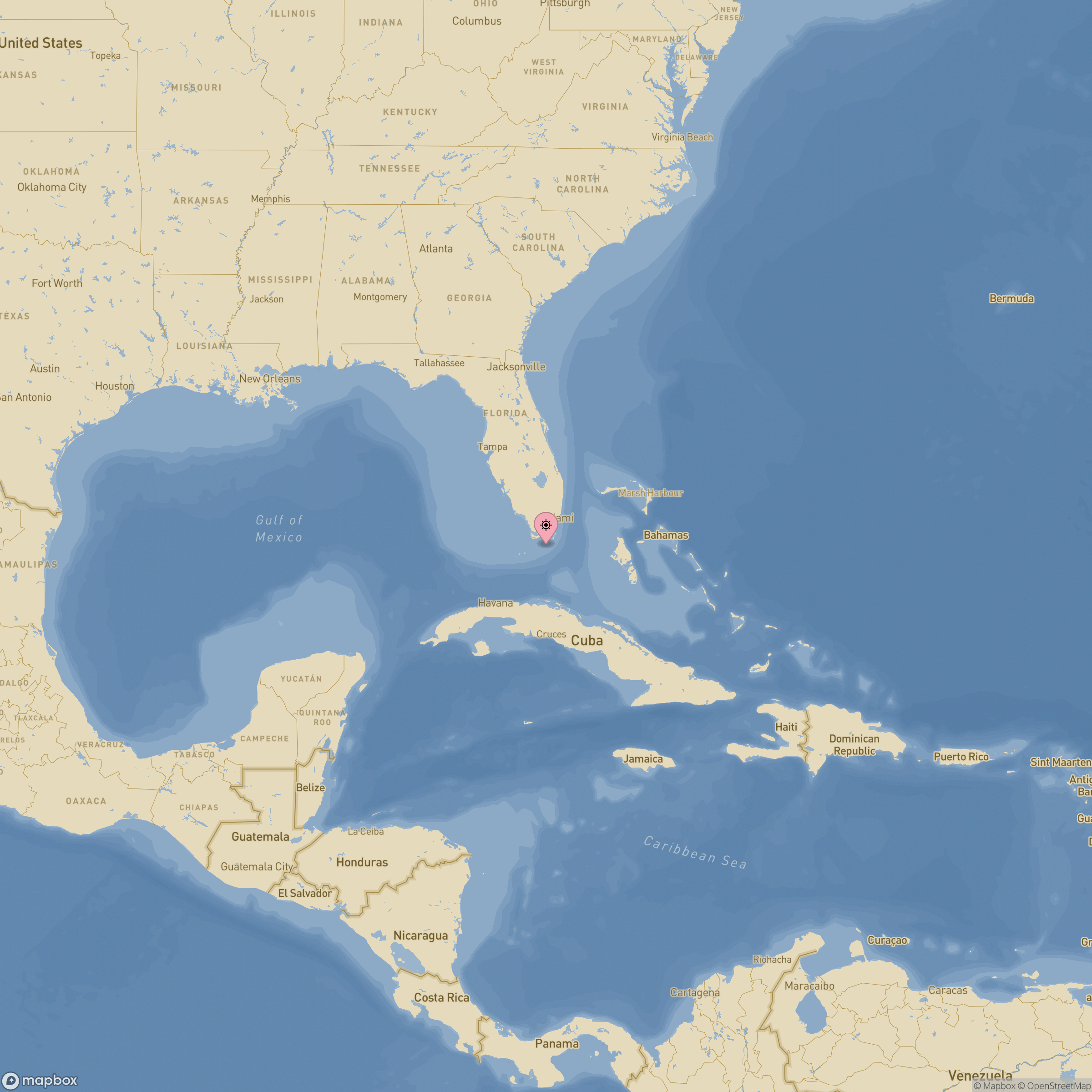Unknown Florida 01

Date
1549Period
16th centuryShip type
NaoCause
A hurricaneKey figure
Hernando Escalante FontanedaShipwreck zone
Upper Matacumbe Key, FloridaIn 1549, a Spanish ship, probably a nao, was wrecked in the Florida Keys, possibly off Upper Matacumbé Key, while sailing to Spain.
The survivors were captured by a Calusa tribe, a fierce people, as the name translates, who lived in southwest Florida between Tampa and Cape Sable.
The more than 40 survivors of the 1549 shipwreck had no better luck. One by one, they were sacrificed as part of macabre rituals, all except for one boy, Hernando Escalante Fontaneda, born in Cartagena de Indias, and barely 13 years old, who was traveling with his brother Alonso to study in Salamanca.
He was part of the Calusa community until he was 30 years old. He learned their language and that of other indigenous tribes, and adopted their customs, rites and way of life. He was just another Calusa until 1566, when Pedro Menéndez de Avilés, who had already founded the town of San Agustín, established a good relationship with one of the main caciques of the area and negotiated the rescue of Hernando and other Spanish captives.
Escalante then became the main interpreter and informant for the Asturian-born explorer about the tribes of ancient Florida and the geography of the entire area.